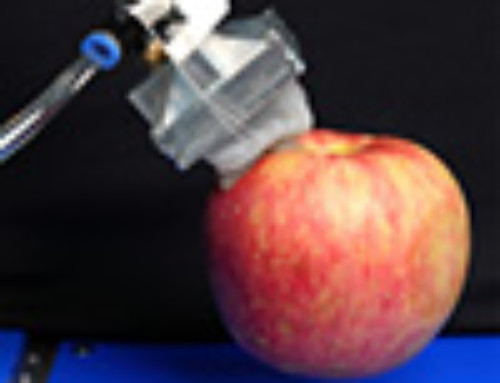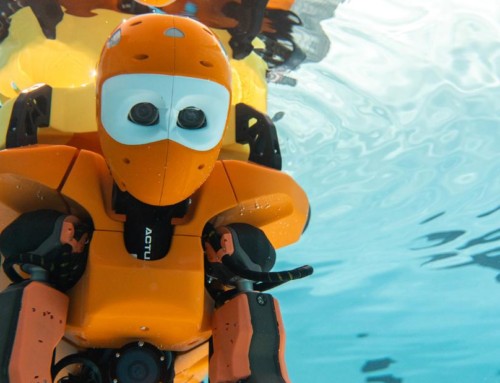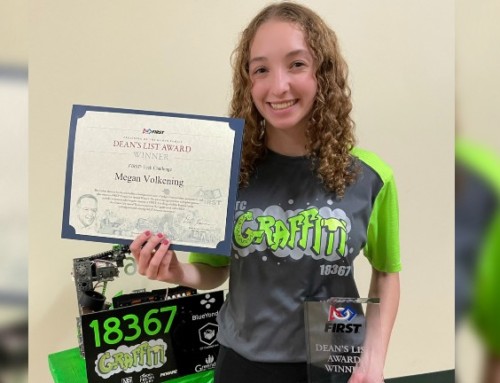[ad_1]
Waymo, the self-driving unit of Google parent Alphabet, will begin selling its LIDAR sensors to customers who won’t compete with its robot taxi business, the company announced on Wednesday. The news was first reported by Bloomberg.
LIDAR, which stands for Light Detection and Ranging, are laser sensors that most tech and car companies see as an essential component for self-driving cars. The sensors are placed on the roofs of autonomous vehicles as well as the sides and grilles where they send out thousands of laser points to map the surrounding environment.
Waymo first began manufacturing its own LIDAR sensors in early 2017 as a way to dramatically reduce the costs of its autonomous vehicle business. At the time, the company said that by making its own sensors, it could lower the unit price from $75,000 for an off-the-shelf LIDAR sensor to just $7,500. With today’s announcement, Waymo joins companies like Velodyne, Luminar, and Quanergy as a major LIDAR supplier.
The big difference, of course, is that Waymo won’t sell its LIDAR to any customers operating self-driving vehicles as a taxi service. That could limit the appeal of Waymo’s sensors since most companies that use LIDAR sensors are looking to make money through a ride-hailing or people-moving business. Waymo says it will be looking for customers in the robotics, security, and agricultural technology industries, which probably means warehouse robots and autonomous tractors.

Image: Waymo
Waymo has three types of LIDAR sensors it intends to sell. The first will be the Laser Bear Honeycomb, which are typically featured on the bumper of Waymo’s self-driving vehicles. According to the company, the Laser Bear Honeycombs offer the following:
Wide field of view: Where some 3D [LIDAR] have a vertical field of view (FOV) of just 30°, the Honeycomb has a vertical FOV of 95°, plus a 360° horizontal FOV. That means one Honeycomb can do the job of three other 3D sensors stacked on top of one another.
Multiple returns per pulse: When the Honeycomb sends out a pulse of light, it doesn’t just see the first object the laser beam touches. Instead, it can see up to four different objects in that laser beams’ line of sight (e.g., it can see both the foliage in front of a tree branch and the tree branch itself). This gives a rich and more detailed view of the environment, and uncovers objects that might otherwise be missed.
Minimum range of zero: The Honeycomb has a minimum range of zero, meaning it can see objects immediately in front of the sensor. This enables key capabilities such as near object detection and avoidance.
“Offering this [LIDAR] to partners helps spur the growth of applications outside of self-driving cars and also propels our business forward,” the company says in a blog post. “We can scale our autonomous technology faster, making each sensor more affordable through economies of scale.”
With the exception of Elon Musk’s Tesla, most companies pursuing autonomous vehicle technology rely on LIDAR to “see” and map the environment around the car. More than $1 billion in corporate and private investment has been plowed into some 50 LIDAR startups over the past three years, including a record $420 million in 2018, according to a Reuters analysis. But the margins are looking very thin. Automotive LIDAR is expected to generate only $2.5 billion in revenue by 2025, according to industry researcher IHS Markit.
Waymo is offering rides in its self-driving taxis to a limited pool of riders in Phoenix, Arizona. The company is also testing its vehicles — Chrysler Pacifica minivans and Peterbilt tractor trailers — in California, Michigan, and Georgia.
[ad_2]
Source link





Leave A Comment
You must be logged in to post a comment.